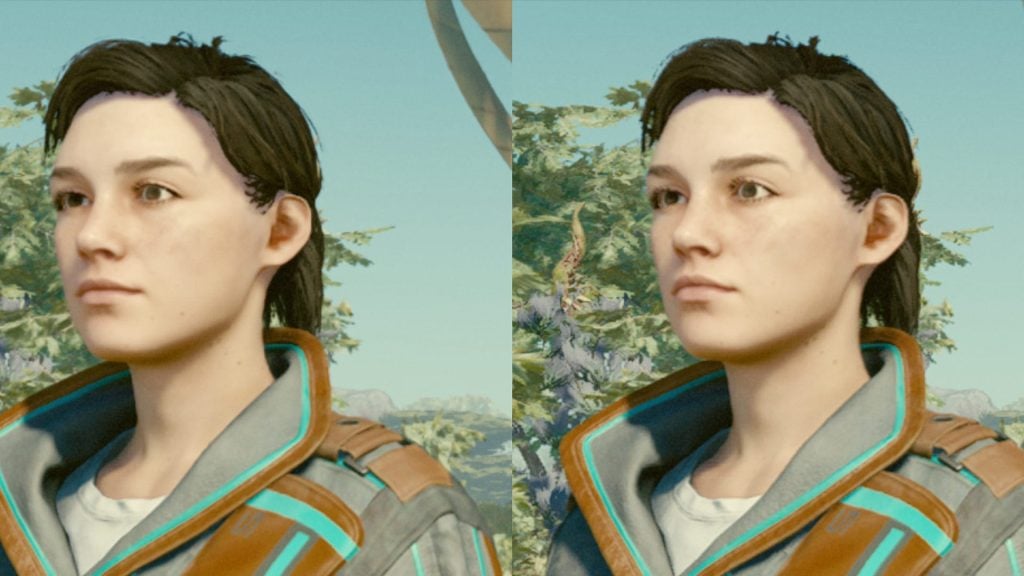While Bethesda games continue to be popular among modders, the discussion surrounding mods has always been contentious. Starfield, the latest release from Bethesda, is no exception.
Due to a disagreement with AMD over licensing, Bethesda has chosen not to include DLSS integration in Starfield. This decision has disappointed players who are experiencing performance issues with the game, as DLSS could have provided a significant quality and performance boost.
To address these problems and stir up controversy, experienced modder PureDark, who previously integrated DLSS and FSR into Skyrim, has released a DLSS mod for Starfield. However, he has locked the mod, called DLSS 3 Frame Generation, behind his Patreon and an associated DRM. Many have criticized this approach for being unclear and potentially posing a security risk.
With a minimum subscription fee of $5 on Patreon, PureDark is earning at least $45,000 per month from his Patreon supporters alone.
While PureDark’s basic DLSS upscaling utility for Starfield is available for free, the frame-interpolation features, which offer additional performance improvements for RTX 40 series GPUs, are only accessible to his Patreon subscribers. PureDark has included copy protection to prevent non-Patron subscribers from accessing these features.
However, given the PC community’s stance against DRM, there has been backlash against the paywalling of mods. Critics argue that modders are profiting from intellectual property they played no part in developing, and there are concerns about the potential malicious nature of third-party modders’ DRM and a lack of safety audits to protect users’ personal information.
It remains to be seen how the general sentiment towards paid mods and DRM will evolve. Considering the historical trend within the PC gaming community, it is unlikely that the opposition will lessen or that paid mods will receive a warm reception.
As for the basic version of the DLSS mod itself, excluding Frame Generation, here are the expected performance gains according to RockPaperShotgun:
| FSR 2, 75% render rez | FSR 2, 60% render rez | DLSS, 75% render rez | DLSS, 60% render rez | |
|---|---|---|---|---|
| RTX 4060, 2560×1440, Ultra quality | 38fps | 43fps | 39fps | 43fps |
| RTX 4070 Ti, 3840×2160, Ultra quality | 50fps | 59fps | 52fps | 59fps |
The difference between FSR and DLSS is not significant. DLSS never performs worse than FSR, and the performance gains are only marginal. However, according to James Archer, the primary distinction lies in image quality, with DLSS offering substantially better fidelity compared to Team Red’s offering.

